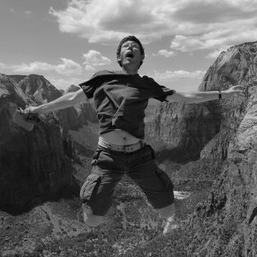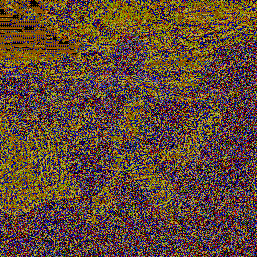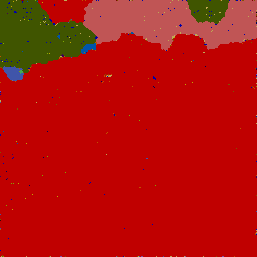Section: New Results
Lossless image compression
Participant : Guillaume Charpiat.
keywords: image compression, entropy coding, graph-cut
This is joint work with Yann Ollivier and Jamal Atif from the TAO Inria team.
Context : Understanding, modelling, predicting and compressing images are tightly linked, in that any good predictor can be turned into a good compressor via entropy coding (such as Huffman coding or arithmetic coding). Indeed, with such techniques, the more predictable an event is, i.e. the higher its probability , the easier to compress it will be, with coding cost . Therefore we are interested in image compression, in order to build better models of images.
MDL approach : The state-of-the-art sequential prediction of time series based on the advice of various experts combines the different expert predictions, with weights depending on their individual past performance (cf. Gilles Stoltz and Peter Grünwald's work). This approach originates from the Minimum Description Length principle (MDL). This work was however designed for 1D data such as time series, and is not directly applicable to 2D data such as images. Consequently, our aim has been to adapt such an approach to the case of image compression, where time series are replaced with 2D series of pixel colors, and where experts are predictors of the color of a pixel given the colors of neighbors.
New method and results : This year, we have focused on lossless greyscale image compression, and proposed to encode any image with two maps, one storing the choice of the expert made for each pixel, and one storing the encoding of the intensity of each pixel according to its expert. In order to compress efficiently the first map, we ask the choices of experts to be coherent in space, and then encode the boundaries of the experts' areas. To find a suitable expert map, we optimize the total encoding cost explicitely, set as an energy minimization problem, solved with graph-cuts. An example of expert map obtained is shown in Figure 20 . Preliminary results with a hierarchical ordering scheme already compete with standard techniques in lossless compression (PNG, lossless JPEG2000, JPEG-LS).




